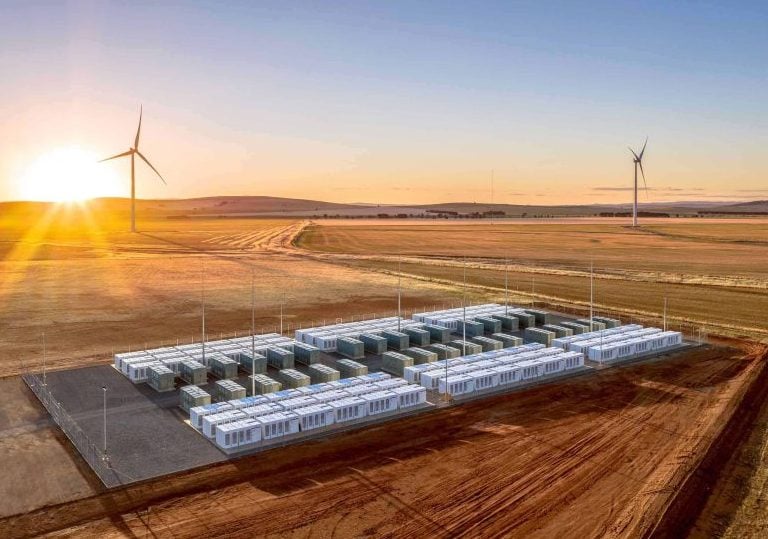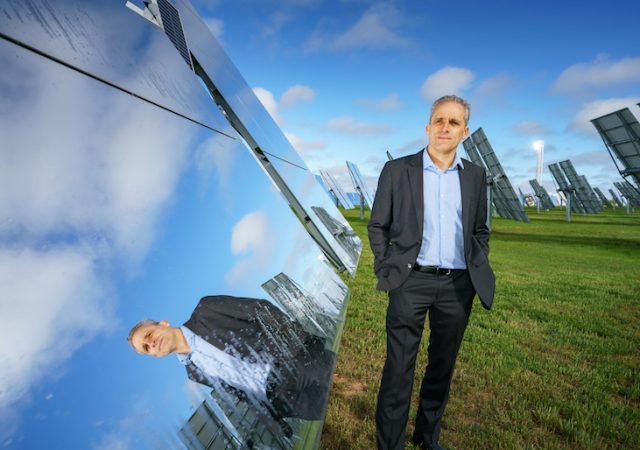The shift to renewable energy to meet net zero targets will mean Australia has to dramatically scale up its battery storage capacity, a new report from national science agency,CSIRO says.
The Renewable Energy Storage Roadmap outlines a 10 to 14-fold increase is required in electricity storage capacity between 2025-2050 for the national electricity market (NEM) to meet demand, especially as the building and transport sectors electrify.
More importantly, while pumped hydro and batteries are the leading options, the CSIRO roadmap looks at who seven key sectors have different storage technology preferences.
CSIRO CEO Dr Larry Marshall said new technologies would be needed to increase penetration of renewables and stabilise the grid.
“Over the long-term storage will accelerate the integration of renewables, enhancing grid stability and reliability, and supporting decarbonisation of industries,” he said.
“There is no silver bullet for reaching net zero so we need multiple shots on goal, like from renewables, batteries, hydrogen, thermal storage, pumped hydro, sustainable aviation fuels and a host of new science-driven technologies.”
CSIRO energy director Dietmar Tourbier said that while batteries may be the best option for local and short duration storage of electricity, thermal or heat energy, such as steam, could be better suited for heat intensive industries.
“Government and industry have recognised energy storage as a priority. However, significant knowledge gaps remain, requiring further investigation to support informed action,” he said.
“Co-investment is required across the system to accelerate technology commercialisation and scale up across a diverse portfolio of energy storage technologies.”
The roadmap explores new technology options such as hydrogen and thermal energy storage.
Australian Solar Thermal Research Institute director Dominic Zaal said the CSIRO roadmap shows there is no one dominant energy storage technology.
“An integrated mix of storage technologies will be required across and within different sectors of the Australian economy,” he said.
“The roadmap identifies renewable based Thermal Energy Storage (TES) as a relatively low cost solution with multiple end-use applications, including utility scale power generation, renewable fuel production, and industrial process heat.”
In response to the report, federal science and industry minister Ed Husic said the government is focused on domestic battery manufacturing capabilities.
“Large-scale uptake of battery storage and battery manufacturing will be vital in the nation’s transition to net zero and to Australia becoming a world leader in clean energy,” he said.
“The Government recognises the pivotal role that cheap, widely available energy storage will need to play in the transition to renewable power. That’s why the Government is delivering the Australian Made Battery Plan, spearheaded by the development of Australia’s first National Battery Strategy.”
Husic said the battery manufacturing industry has potential to be worth nearly $17 billion by 2030 and create more than 61,000 jobs, but the CSIRO report shows new ideas are needed to unlock the full potential of renewable energy.
“That means there’s a huge opportunity for new systems and technologies to be developed here to manage the production, storage and use of renewable energy,” he said.
“The private sector is keen to invest in these innovative storage projects crucial for Australia’s energy transformation, and we’re committed to supporting efforts to bring these projects forward.”
The government has a target of reaching 82% renewables in Australia’s energy grid by 2030.
You can download the Renewable Energy Storage Roadmap here.




















Trending
Daily startup news and insights, delivered to your inbox.